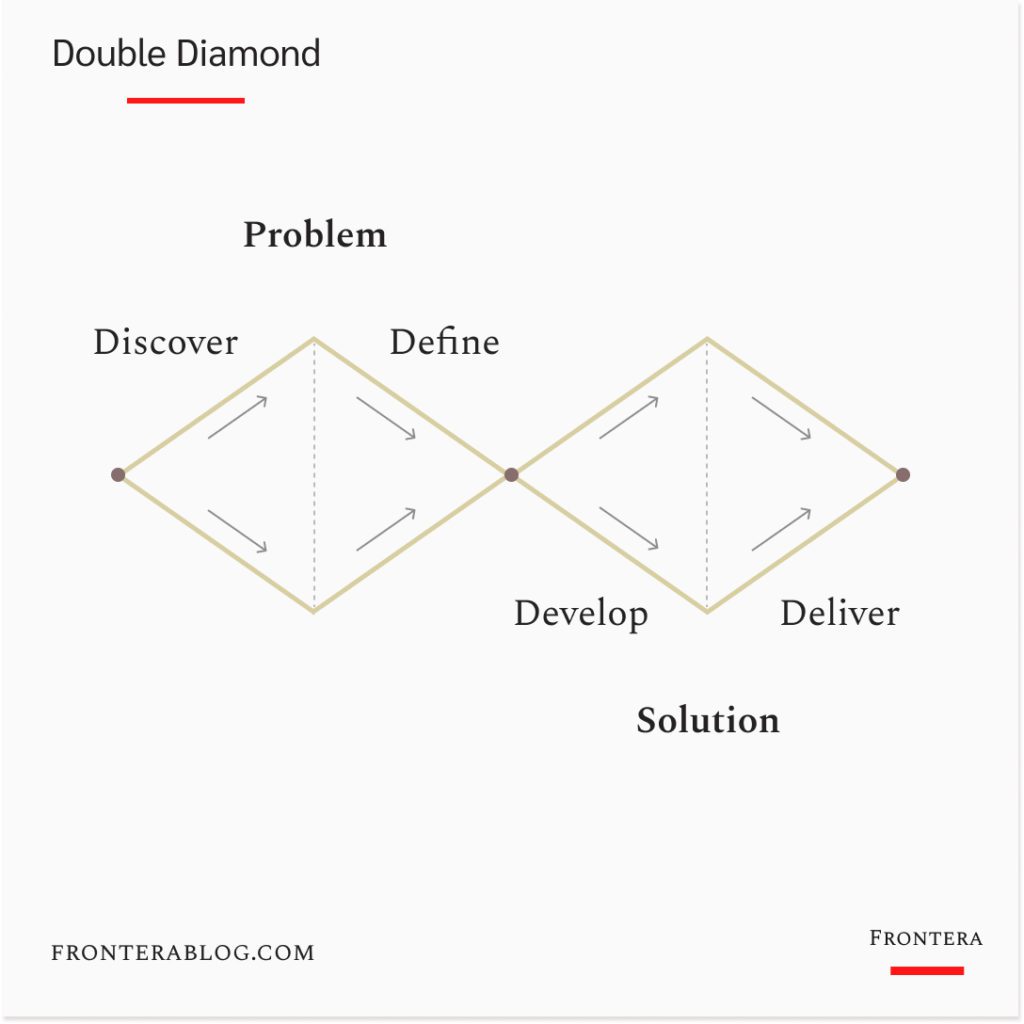In 1957, Unilever was about to introduce a soap — Dove.
But they had a problem.
Soap is a commodity.
All soaps from different brands do the same thing.
Hence, it’s hard to differentiate a soap brand.
So they asked for David Ogilvy and his advertising agency’s help to figure out the positioning of Dove.
Ogilvy explains how he did it in his book On Advertising:
“I could have positioned Dove as a detergent bar for men with dirty hands. But chose instead to position it as a toilet bar for women with dry skin. And I used a promise which had won in test: ‘Dove creams your skin while you bathe.’”
Thanks to Ogilvy’s smart positioning and ad campaigns, Dove became a big success and a dominant beauty brand beyond soaps.

Fast forward almost 50 years.
It’s 2004.
Unilever had a new problem with Dove.
After a long period of dominancy, Dove sales became stagnant.
The market had changed.
And Dove became just another beauty brand.
So Unilever asked Ogilvy & Mather’s help for a new campaign.
This time David Ogilvy himself was not around — he had passed away a few years ago.
But his disciples were ready to make Dove great again.
First, the problem
They started by thinking about the problem.
Why didn’t more women buy Dove?
The obvious answer was increased competition.
Dozens of new brands flooded into the beauty market over the years.
And they all offered similar benefits, with similar ad campaigns.
Dove had to offer a different message.
But what could it be?
To find an answer, Ogilvy & Mather did research to understand how women felt about beauty brands and their products.
Until that time, everybody thought a beauty brand had one job: “Make me beautiful.”
So all beauty brands presented their products as a way to get closer to perfect beauty.
But Ogilvy & Mather’s research showed something strange.
Only 2% of women thought they were beautiful.
So despite all the consumption, products didn’t manage to make women feel better about themselves.
All these brands have been selling unreachable beauty with models and movie stars.
And that made women feel “not enough.”
That insight showed Ogilvy’s copywriters what could be the new perspective of Dove.
Dove’s job was not going to be “make me beautiful” anymore.
It was going to be “validate my beauty.”
Then, the solution
Now the problem to work on was clear.
So Ogilvy copywriters started working on the solution.
How could they deliver Dove’s new message in the right way?
It was a radically different idea.
And beauty is a delicate topic.
A wrong message in the campaign could hurt Dove’s reputation and even decrease its sales.
So they came up with hundreds of ideas for the theme of the campaign.
And after lots of testing, they found the winner.
“The Real Beauty.“
The campaign was going to focus on the beauty of every woman while showing the artificial beauty standards of the industry.
Ogilvy & Mather started the campaign with billboard ads featuring “normal” women.
And continued with ads that showed the transformation of a model before a photo shoot. It said: “No wonder our perception of beauty is distorted.”

The result of the campaign?
Dove sales went from $2 billion to $4 billion in three years.
The campaign was so successful, it became a movement.
And that’s why we’ve seen many other brands copy Dove with similar campaigns since then.
Creative solutions to complex problems
Now the story has a few lessons.
But let’s talk about how Ogilvy & Mather approached Dove’s problem.
Like any experienced advertising agency, they didn’t immediately start working on a solution based on assumptions.
First, they did research to understand possible problems with Dove.
Only after they found the right problem, they started working on a solution.
British Design Council realized many successful companies —like Lego, Starbucks, and Microsoft— use similar approaches.
So they formulized this problem-solving process as the Double Diamond model.
It looks like this:

So the first diamond is for finding the right thing to work on.
And the second diamond is for doing the thing right.
As you see, each diamond has its divergence and convergence phases.
First, you explore the possibilities without limiting yourself.
Then you focus on execution.
Here’s how to use it step by step with The Real Beauty campaign’s story:
1. Discover
“What insights am I missing?”
It’s a common mistake.
When facing a problem, most people use their existing assumptions.
In Dove’s example, most agencies would assume the problem was Dove’s products or the ads from the previous campaigns.
So they’d jump into working on the solution — like creating a campaign with a new model or a new packaging for Dove.
And the wrong assumptions would bring average results.
But Ogilvy & Mather didn’t start with a solution based on assumptions.
First, they did research.
And they kept their minds open to discover what might be the underlying problems behind stagnant sales.
They paid attention to insights that everybody else ignored.
So when you face a complex business problem, try to ignore previous assumptions.
And discover the underlying reasons with market research.
Remember how Clayton Christensen’s team ignored McDonald’s team’s assumptions on demographics.
And spent a day at McDonald’s to get an insight that increased milkshake sales by 400%.
2. Define
“What’s the big problem to solve here?”
Now you have useful insights and a better understanding of the situation.
So use everything you have to clearly define the big problem to solve.
Ogilvy & Mather copywriters used every data they gathered.
And they realized the big problem: beauty brands didn’t make women feel beautiful.
That was the big problem hidden in plain sight.
3. Develop
“What are the possible ways to solve the big problem?”
Now you have a clear problem to work on.
It’s time to develop a solution.
At this stage, you diverge again to come up with all possible ideas about the solution.
You gather feedback from different parties and brainstorm.
Pay attention to one thing here.
In every group, some people try to kill ideas before they are born.
“That’d be too expensive.”
“That’s not possible.”
“Legal would reject this.”
They usually don’t have bad intentions, but they are over-focused on execution.
But that’s counterproductive at this phase.
This phase is about finding the best possible solution.
So you must allow people to articulate different (and crazy) ideas to come up with creative solutions.
Remember lateral thinking.
Even ridiculous ideas can trigger innovative solutions.
4. Deliver
“How and when are we going to deliver the solution?”
And the last step is execution.
You came up with great ideas about the solution.
So start testing to see what works best, and create a delivery plan.
Keep improving the solution with feedback loops.
The moral of the story?
Many people work on the wrong problems, get average results, and blame the solutions.
No need for that.
Use Double Diamond to have the right strategy from the beginning.
So you can solve the right problems, in the right way.
–
Enjoyed this article?
Then you’ll love the How Brands Win Newsletter.
Get the “5 Mental Models to Differentiate Your Business” guide when you join. It’s free.
